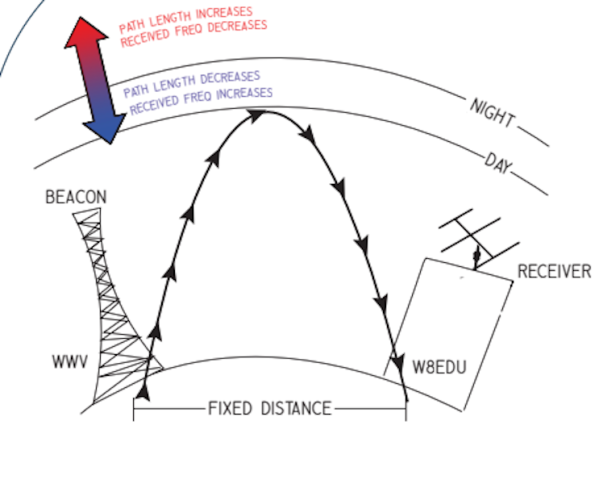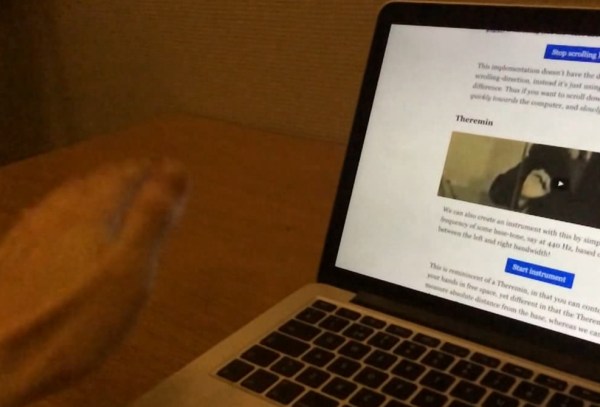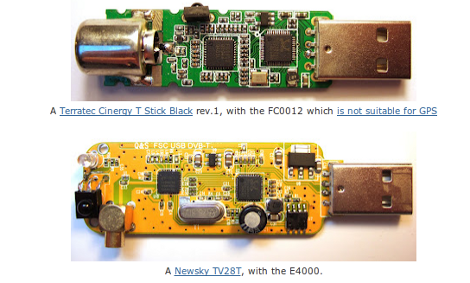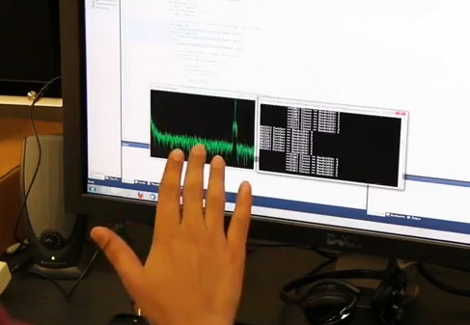At the time of its construction in the 1950s, the Dwingeloo Radio Observatory was the largest rotatable telescope in the world with a dish diameter of 25 meters. It was quickly overtaken in the rankings but was used by astronomers for decades until it slowly fell into disuse in the early 2000s. After a restoration project the telescope is now a national heritage site in the Netherlands where it is also available for use by radio amateurs. Recently this group was able to receive signals from Voyager 1.
Famously, Voyager 1 is the furthest manmade object from Earth, having been launched on a trajectory out of the solar system in 1977. As a result of distance and age, the signals it sends out are incredibly faint. The team first had to mount a new antenna to the dish, which was not originally designed for signals in this frequency which added to the challenge. They then needed to use orbital predictions of the spacecraft in order to target the telescope and also make the correct adjustments to the received signal given that there is significant Doppler shift now as well. But with that all out of the way, the team was successfully able to receive the Voyager 1 signal on this telescope.
Only a few telescopes in the world have ever been able to accomplish this feat, making it all the more impressive. Normally Voyager 1 is received using the Deep Space Network, a fleet of much larger dishes stationed around the world and designed for these frequencies. But this team is used to taking on unique challenges. They also decoded the first ham radio station on the moon and made a radar image of the moon using LoRa.















